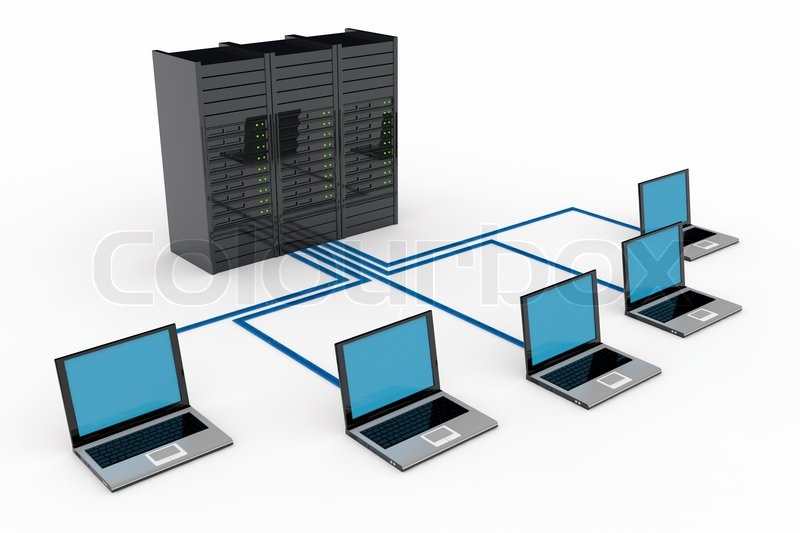Long-term review: Is the Samsung Galaxy S8 still the best?
Samsung made a big splash with its S8 and S8+ handsets, and considering how flat the Note 7 fell, it was a necessary move. It’s been a few months now since the S8 hit shelves and with the Note 8 coming later in the month, is the S8 still the best phone you can buy?Yes, I think it is. But the competition is strong, and the S8 isn’t a clear winner in every area.Take the camera, for example. Many flagships have excellent cameras, and the S8 is certainly one such device, but the HTC U11 and Google Pixel just edge it thanks to sharper pictures and more natural looking colour reproduction. Performance, too, is an area where the S8 has already started to flounder. It’s by no means slow, but the OnePlus 5 and the iPhone 7 both feel nippier in everyday use. The Galaxy S8 remains the best-looking phone out there, however. The curved front and back, along with that stunning Infinity Display, combine to create a device that feels futuristic – and one that will continue to do so for some time to come. For the most part the design has survived daily use.I have to admit that I’ve smashed one S8 by dropping it off my bed onto the floor; but the pricey replacement I’ve subsequently dropped has escaped unscathed. I’ve taken to keeping the device well protected in a case – one of Peel’s very thin ones – and, aside from a mark on the screen, it’s held up well.There’s no doubt that the display is well engineered, but it still stands as the finest screen on any phone I’ve used. It’s obviously high resolution, but the deep and rich colours produced by the large AMOLED panel make it a joy to use.There’s been a distinct lack of anything to really test the HDR prowess of the phone, which is a shame, but hopefully we’ll see that change in the future. The only handset likely to have an equally impressive display this year is the Note 8, or possibly the rumoured AMOLED iPhone 8.There are plenty of fantastic Android phones on the market right now, and you certainly don’t have to spend the eye-wateringly high price of the Samsung Galaxy S8 for a solid experience. But you get what you pay for, and there’s enough going on in the S8 to make it worth the outlay. Even when the Note 8 arrives, I think the smaller size of the S8 will continue to make it the go-to choice.
What is the Samsung Galaxy S8?Phones have become a little stale. Whether it’s an iPhone 7, Huawei P10, Sony Xperia XZ Premium or any other flagship phone, they all look and feel the same. But just when I thought a phone couldn’t surprise and delight me any more, the Samsung Galaxy S8 has proved me wrong.
Samsung Galaxy S8 release date and price
The Galaxy S8 goes on sale globally on April 28 and is priced at £689 in the UK or$720 in the US if you want to buy it outright.



